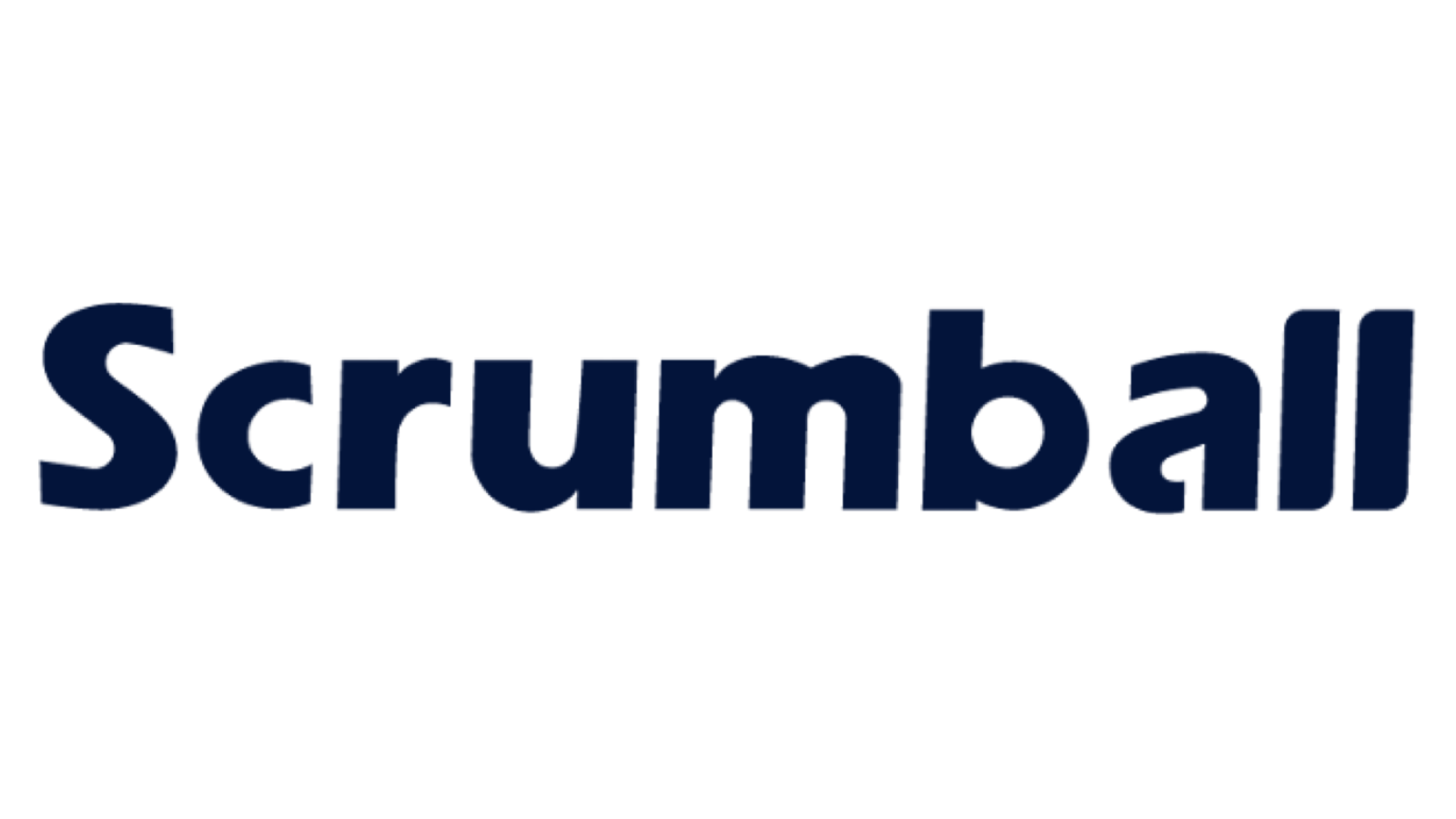How Marketing Automation Boosts Business Efficiency and Productivity

Marketing automation transforms how you manage your business by automating repetitive tasks and streamlining workflows. It reduces operational costs by eliminating inefficiencies and cutting expenses tied to manual processes. For example, automating lead nurturing saves time and resources while improving efficiency. This allows you to focus on strategic growth instead of routine tasks. By adopting marketing automation, you can enhance productivity and achieve better results with less effort. The advantages of marketing automation extend beyond cost savings, offering tools to improve customer engagement and retention while driving your business forward.
Understanding Marketing Automation
What Is Marketing Automation?
Marketing automation refers to the use of technology to handle repetitive tasks in marketing campaigns. It simplifies processes like sending emails, managing social media posts, and tracking customer interactions. By automating these tasks, you can save time and focus on more strategic activities. Marketing automation tools also help you measure campaign performance, ensuring your efforts are both efficient and effective.
At its core, marketing automation combines data, rules, and content to create seamless customer journeys. For example, data triggers specific actions, such as sending a welcome email when someone subscribes to your newsletter. Rules define how and when these actions occur, while the content ensures your message resonates with your audience. This combination allows you to deliver personalized experiences without constant manual input.
Why Marketing Automation Is Essential for Modern Businesses
In today’s competitive landscape, marketing automation has become a necessity. Businesses adopt it to streamline operations, improve accuracy, and enhance customer engagement. Without automation, you risk falling behind competitors who use these tools to optimize their marketing efforts.
The benefits of marketing automation are clear. It saves time and reduces costs by automating repetitive tasks. It also minimizes human errors, ensuring consistent messaging across all channels. With more time available, you can focus on strategic planning and creativity. Additionally, targeted and timely automated emails can boost customer engagement and increase conversions.
| Benefit | Description |
|---|---|
| Time and cost savings | Streamlined repetitive tasks and freed up resources on marketing efforts. |
| Improved accuracy and consistency | Reduced human errors and more coherent messaging. |
| Enhanced focus on strategy | More time for critical planning and creativity. |
| Increased conversions | Targeted, timely automated emails improve customer engagement and conversion rates. |
By adopting marketing automation, you can overcome challenges like disengaged customers and misaligned strategies. It empowers you to deliver personalized experiences, meet customer expectations, and stay ahead in a fast-paced market.
Advantages of Marketing Automation

Time-Saving Through Automated Workflows
Automating repetitive tasks is one of the most significant advantages of marketing automation. Workflow automation eliminates time-consuming activities like data entry, file management, and paperwork preparation. This allows you to focus on boosting workplace productivity. For instance:
- McKinsey estimates that 60% of employees could save 30% of their time with workflow automation.
- Each interaction with workflow-driven tasks saves an average of 3 minutes. If your team handles 10 such tasks daily, that’s 30 minutes saved per employee. For a team of 25, this adds up to 63 hours weekly or 410 workdays annually.
- Workflow automation can save up to 18 hours a week by removing repetitive tasks.
By implementing automated workflows, you can streamline processes and free up valuable time for strategic initiatives.
Improved Lead Management and Nurturing
Marketing automation enhances lead management by providing tools to track, score, and nurture leads effectively. It ensures your sales team focuses on high-quality prospects, improving conversion rates. Key metrics like cost per lead (CPL), lead conversion rate, and lead scoring accuracy highlight the impact of automation:
| Metric | Definition | Importance | Example |
|---|---|---|---|
| Cost Per Lead (CPL) | The amount of money spent to acquire one lead. | Helps businesses understand how cost-effective their lead generation efforts are. | If you spend $500 on a campaign and generate 50 leads, your CPL is $10. |
| Lead Conversion Rate | The percentage of leads that transition into paying customers. | Indicates the effectiveness of nurturing campaigns. | If 200 leads are generated and 20 converts, the rate is 10%. |
| Lead Scoring Accuracy | Measures how well the lead scoring system predicts lead readiness for conversion. | Ensures sales teams focus on high-quality leads. | A high accuracy rate means marketing is effectively identifying sales-ready leads. |
Automated lead nurturing strategies, such as abandoned cart emails or personalized follow-ups, ensure timely communication. This approach boosts engagement and increases the likelihood of conversion.
Enhanced Customer Retention and Engagement
Marketing automation plays a vital role in retaining customers and keeping them engaged. Personalized interactions, powered by automation, create meaningful connections. For example:
- Personalized offers during cancellations address specific pain points, reducing churn.
- Automated upselling and cross-selling opportunities improve the shopping experience and encourage repeat purchases.
- Loyalty rewards programs, optimized through automation, increase engagement and influence buying decisions.
- Automated feedback collection helps you gauge satisfaction and improve experiences.
Real-world examples highlight how businesses use automation to engage customers. Sephora’s automated email campaigns make VIP customers feel valued with exclusive rewards. Casper’s abandoned cart emails gently remind customers to complete purchases. These strategies demonstrate how marketing automation fosters loyalty and strengthens relationships.
Data-Driven Insights for Better Decision-Making
Marketing automation provides you with valuable data-driven insights that can transform your decision-making process. By analyzing customer behavior, preferences, and interactions, you can make informed choices that drive better results. These insights allow you to refine your strategies, improve campaign performance, and deliver personalized experiences.
📊 Did you know?
80% of customers are more likely to make a purchase when brands offer personalized experiences. Yet, 70% of millennials feel frustrated by irrelevant emails. This highlights the importance of using data to create targeted and meaningful marketing efforts.
With marketing automation, you can access several types of actionable insights:
- Customer segmentation data helps you group your audience based on demographics, interests, or behaviors.
- Engagement metrics reveal how customers interact with your emails, social media posts, or website.
- Predictive analytics forecast future trends, enabling you to stay ahead of the competition.
Personalization at scale becomes achievable through these insights. You can deliver context-specific content without manual effort. Consistent user experiences ensure your customers receive timely and relevant messages across all channels. This approach not only enhances engagement but also improves marketing efficiency, allowing your team to focus on strategic tasks.
Businesses like Kellanova demonstrate the power of data-driven insights. By integrating over 35 accounts into a single platform, they built a robust data infrastructure. Advanced BI tools and a centralized command center enabled real-time monitoring and analysis. AI-driven micro-moments allowed them to deliver personalized content, while optimized paid media planning identified the most effective channels and audience segments.
When you leverage data effectively, you can make smarter decisions, maximize your marketing impact, and create meaningful connections with your audience. Marketing automation empowers you to turn raw data into actionable strategies that drive success.
Real-World Impact of Marketing Automation

Case Studies of Marketing Automation Success
Marketing automation has transformed how businesses operate, delivering measurable results across industries. You can see its impact through real-world examples of companies that have achieved significant growth.
- Coursera uses automated welcome emails to guide new users. This strategy improves engagement and boosts customer retention by ensuring users feel supported from the start.
- Skillshare leverages personalized email marketing to recommend courses and offer promotional trials. This approach keeps users engaged and encourages them to explore more content.
These examples highlight how marketing automation can help you build stronger relationships with your audience. By automating key touchpoints, you can deliver timely, relevant messages that drive loyalty and satisfaction.
Industries like e-commerce, financial services, and healthcare have also seen remarkable success with marketing automation. For instance, 53% of B2B firms already use marketing automation technology, while 37% plan to adopt it soon. This widespread adoption underscores its value in streamlining operations and enhancing customer experiences.
Key Statistics Highlighting the Benefits
The numbers speak for themselves when it comes to the benefits of marketing automation. A staggering 91% of marketers report that it helps them achieve their objectives. Additionally, 90% agree that it aligns with their goals, making it a powerful tool for driving success.
| Statistic | Value |
|---|---|
| ROI per dollar spent | $5.44 |
| Cost recovery time | < 6 months |
| Revenue increase | 34% |
These statistics show how marketing automation can significantly boost your revenue while delivering a quick return on investment. By automating repetitive tasks, you can focus on strategic initiatives that drive growth.
Marketing automation empowers you to make data-driven decisions, improve efficiency, and enhance customer retention. Whether you’re in e-commerce or healthcare, it provides the tools you need to stay competitive and achieve your business goals.
Implementing Marketing Automation Solutions
Choosing the Right Marketing Automation Software
Selecting the right marketing automation software is crucial for achieving your business goals. You should prioritize ease of use and robust customer data capabilities. Look for software that supports various marketing campaigns and scales with your business. Seamless integration with existing systems, such as CRMs and analytics tools, is essential. This ensures accurate data transfer and enhances collaboration between sales and marketing teams.
When evaluating options, consider features and functionality that align with your objectives. For example, if lead generation is a priority, choose software with advanced lead management tools. Pricing and contracts should fit your budget, and third-party reviews can provide valuable insights. Comprehensive marketing automation platforms often include real-time performance data analysis, helping you make informed decisions and improve operational efficiency.
Setting Goals and Aligning Strategies
To maximize the benefits of marketing automation solutions, you need to align your strategies with clear goals. Start by establishing key performance indicators (KPIs) that reflect your broader business objectives. These KPIs act as a roadmap, guiding your team and ensuring campaigns stay on track. Use marketing automation software to monitor these metrics and make data-driven adjustments.
Effective lead management is another critical component. By nurturing prospects appropriately, you can convert them into loyal customers. Developing buyer personas helps you understand your audience and create personalized messages that enhance the customer experience. Integrating marketing and sales teams ensures seamless communication and smooth lead handoffs. Regularly reviewing KPIs allows you to evaluate success and refine your approach.
Training Teams and Optimizing Workflows
Proper training ensures your team can fully leverage marketing automation software. Cross-functional collaboration brings diverse perspectives, improving the adoption process. Ongoing training sessions empower your team with the confidence and skills needed to use automation tools effectively. Both marketing and sales teams should receive training to enhance communication and lead handoffs.
Workflow optimization is another key benefit of marketing automation. Automating lead nurturing ensures timely follow-ups, while customer segmentation enables targeted campaigns. A/B testing helps identify the most effective marketing elements. You can also use automation for upselling and cross-selling, improving the customer experience. Mapping the customer journey allows you to deliver relevant messages at every stage, reducing human error and streamlining operations.
💡 Pro Tip: Integrating marketing automation with CRM systems enhances collaboration and ensures a unified approach to customer engagement.
Overcoming Challenges in Marketing Automation
Addressing Common Pitfalls
Marketing automation offers immense benefits, but implementing it comes with challenges. You may encounter common pitfalls that hinder its effectiveness. Recognizing these issues early can help you avoid them and maximize your automation efforts.
- Using too many tools for automation often leads to tool fatigue. When systems don’t integrate seamlessly, your team may feel overwhelmed.
- Failing to identify all tasks that can be automated limits the potential of your strategy. For example, automating only email campaigns while ignoring lead scoring or customer segmentation reduces efficiency.
- Adopting a "set it and forget it" mindset can harm your campaigns. Automation requires regular monitoring and updates to stay relevant.
- Inadequate planning often results in misaligned efforts. Without clear goals, your automation strategy may fail to deliver results.
- Over-reliance on automation can remove the personal touch from your marketing. Customers value human connection, and neglecting this can lead to disengagement.
- Ignoring customer feedback prevents you from refining your approach. Feedback is essential for improving your campaigns and meeting customer expectations.
To overcome these challenges, start with a clear strategy. Foster collaboration across departments to ensure alignment. Provide ongoing training to empower your team and address resistance. By securing a budget and demonstrating potential revenue increases, you can gain support for your initiatives.
Balancing Automation with Personalization
Balancing automation with personalization is critical for maintaining meaningful customer relationships. While automation streamlines processes, it should not replace the human touch entirely. Customers expect personalized experiences that reflect their unique needs and preferences.
Successful brands demonstrate how to achieve this balance. Shein uses customer segmentation to recommend products based on shopping history. Amazon provides real-time product suggestions when items are added to the cart. Google Play Books sends targeted discounts for wishlist items. These strategies show how automation can enhance personalization without losing the human element.
However, automation alone cannot address every customer interaction. A medium-sized e-commerce company in France implemented AI-driven chatbots for routine inquiries. While this improved efficiency, customers felt a lack of empathy. The company adopted a hybrid model where AI handled basic tasks, and human agents managed complex issues. This approach ensured both efficiency and emotional connection.
To find the right balance, map your customer journey. Identify key touchpoints where human interaction adds value. Use automation for repetitive tasks, but let your team handle situations requiring empathy or creativity. By combining technology with a human touch, you can deliver personalized experiences that build trust and loyalty.
💡 Pro Tip: Regularly review your automation strategy to ensure it aligns with customer expectations and market trends.
Marketing automation transforms how you manage your business. It helps you improve efficiency by simplifying repetitive tasks and delivering personalized messages at scale. Businesses like Netflix and Airbnb have used automation to increase productivity and achieve remarkable growth. By saving time and raising efficiency, you can focus on strategic goals and boost team productivity. Automation also enhances lead generation and provides insights for better decision-making. With proper planning, you can unlock long-term benefits, including cost savings and sustained growth.
💡 Marketing automation is not just a tool; it’s a strategy to stay competitive and thrive in today’s fast-paced market.
FAQ
What types of tasks can you automate with marketing automation?
You can automate tasks like email campaigns, social media scheduling, lead scoring, and customer segmentation. It also handles repetitive workflows such as follow-ups, abandoned cart reminders, and feedback collection. These automations save time and improve efficiency.
How do you choose the best marketing automation software?
Focus on your business needs. Look for software with user-friendly interfaces, scalability, and integration capabilities. Prioritize tools that align with your goals, such as lead management or analytics. Check reviews and request demos to evaluate features before deciding.
Can small businesses benefit from marketing automation?
Yes, small businesses gain significant advantages. Automation reduces manual work, improves lead nurturing, and enhances customer engagement. It also provides data insights to refine strategies. These benefits help small businesses compete effectively and grow sustainably.
How does marketing automation improve customer engagement?
Automation delivers personalized messages based on customer behavior. It ensures timely communication through targeted emails, loyalty programs, and follow-ups. This approach builds stronger relationships, increases satisfaction, and encourages repeat purchases.
Is marketing automation expensive to implement?
Costs vary depending on the software and features. Many platforms offer affordable plans for small businesses. The return on investment often outweighs the initial expense by saving time, reducing errors, and increasing revenue through improved marketing efficiency.
💡 Pro Tip: Start with a free trial or basic plan to explore features before committing to a larger investment.
See Also
Grasping The Concept Of Product Seeding Today
The Importance Of Sponsored Posts For Business Expansion
Navigating Influencer Marketing Tools For Small Enterprises
